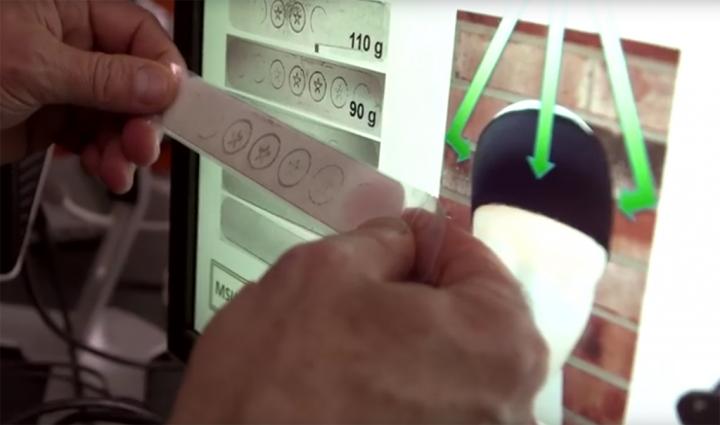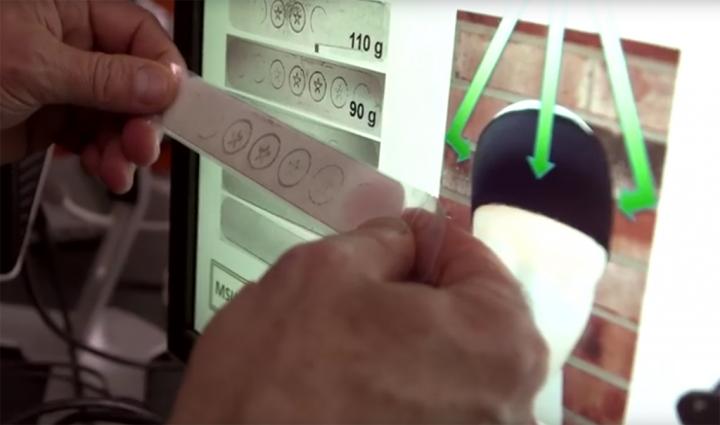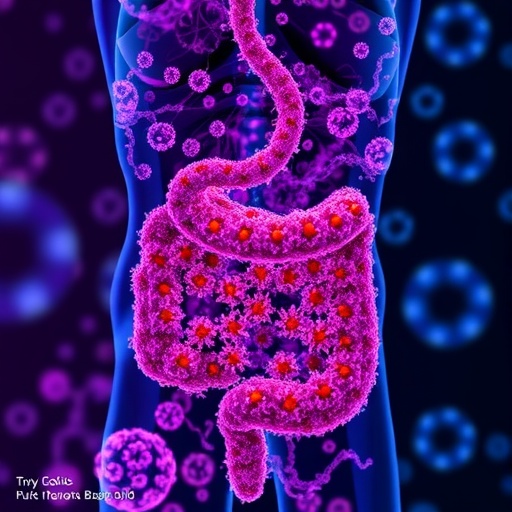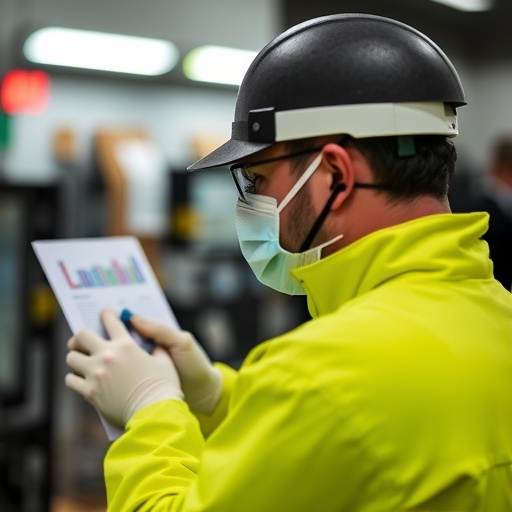
Credit: G.L. Kohuth
EAST LANSING, Mich. — Two Michigan State University chemists are bringing their impact sensors to market. The effective, yet inexpensive, headband sensors can be worn by athletes in a variety of sports who could be at risk of suffering concussions.
"The key decision that our product can help address is 'return to play,'" said Marcos Dantus, who invented the sensor with Gary Blanchard, fellow MSU chemist. "It does not diagnose concussions, but it does give an immediate indication of an impact and its location – an alert that should prompt a concussion protocol from a coach, parent or doctor."
The sensors slide into headbands or helmet caps that can be comfortably worn during soccer, football, lacrosse, bicycling, rugby and more. The headbands and the caps cost less than $40 and can be ordered from ROSHsensors.com.
The new products moved quickly from laboratory bench to market in just 18 months. In that time, the duo created an easy-to-read force sensor (if you see a star, there's been an impact). The force sensor is preferred over electronic sensors because sweat, humidity, rain, snow or other conditions don't affect the sensors' performance.
"Other monitors are available, but they can be expensive and overly sensitive to weather and other extreme conditions experienced during competition," Blanchard said. "Many times these models have to be connected to a computer, have the data downloaded and then have it analyzed before any recommendations regarding concussion protocols can begin."
Knowing they had an effective product drove Blanchard and Dantus to bring the sensors to market as fast as they could. Once the sensor design was finalized, the team then began prototyping headbands. They went through dozens of options before incorporating the sensors into headwear that many athletes are already wearing. Rather than produce them on their own, they outsourced the individual components to a few U.S. companies.
"We didn't build a factory or try to hire a bunch of employees; this allowed us to scale up quickly and get our product to market," Dantus said. "We also produced a limited number so we can work with our early customers and continually improve our product."
The first customers include a handful of Michigan high school sports teams. The inventors are helping them use the products regularly, assisting them in better utilizing this evaluative aid and to collect data from the early adopters to improve future iterations of the sensors.
Are more concussions happening from hard tackles or from athletes hitting their heads on the turf? How accurately does impact detection correlate with actual concussions? Are the sensors helping coaches, parents and doctors make the right decisions in protecting the health of athletes?
Brian McConnell, former NFL player and MSU alumni, knows firsthand about how concussions affect life after football. McConnell, now 67, suffered multiple concussions during his football career and deals with their repercussions. He believes in the product's potential, and he's encouraging fellow NFL alumni to help fund sensors for California high school football teams.
"The ROSH sensors are an important step in our ultimate goal of understanding the dangers of repeated concussions at various stages," said McConnell, who's a partner at HPN Neurologic, a concussion diagnostics and treatment company. "First concussions are a problem, but a second one soon after the first has the potential to do more damage. So, if you can tell someone to sit out after the first one and allow them to recover, then you'll go a long way toward preserving their life, their health."
###
Michigan State University has been working to advance the common good in uncommon ways for more than 150 years. One of the top research universities in the world, MSU focuses its vast resources on creating solutions to some of the world's most pressing challenges, while providing life-changing opportunities to a diverse and inclusive academic community through more than 200 programs of study in 17 degree-granting colleges.
For MSU news on the Web, go to MSUToday. Follow MSU News on Twitter at twitter.com/MSUnews.
Media Contact
Layne Cameron
[email protected]
517-353-8819
@MSUnews
http://msutoday.msu.edu/journalists/
############
Story Source: Materials provided by Scienmag





